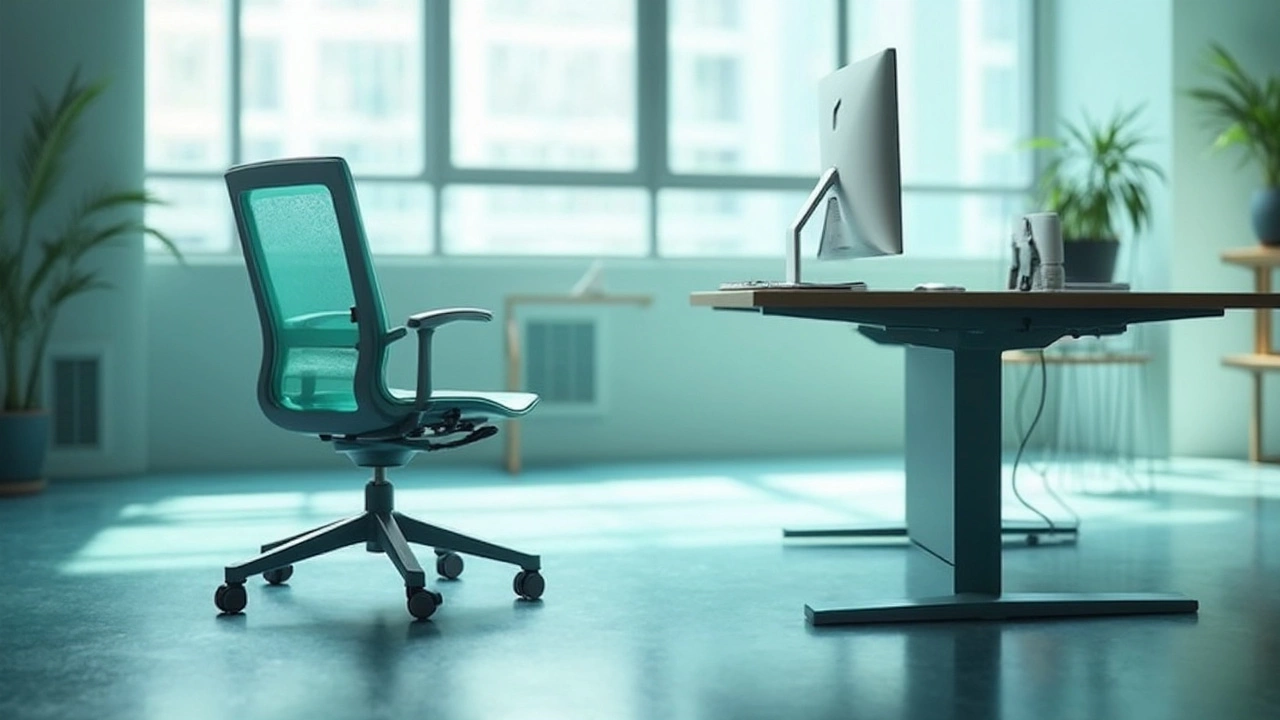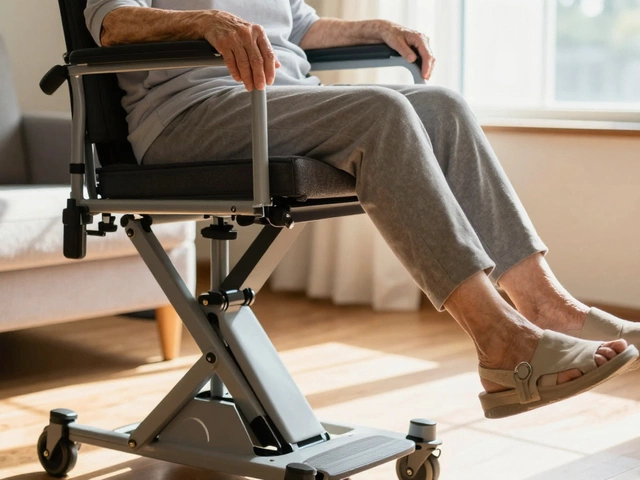Office Chairs: Find Comfort, Support, and Style for Your Workspace
Spending hours at a desk can turn any chair into a source of pain if it’s not right for you. The good news? Picking the proper office chair doesn’t have to be a mystery. In this guide we’ll break down the key features, how to test them, and simple upkeep tricks to keep your seat lasting years.
What Makes an Office Chair Ergonomic?
Ergonomic isn’t a buzzword – it’s about keeping your spine in a neutral position, shoulders relaxed, and feet flat on the floor. Look for a chair with a adjustable lumbar pad that follows the curve of your lower back. The seat depth should let you sit back while leaving about two fingers of space between the back of your knees and the edge of the seat.
Adjustable armrests are another game‑changer. They should let your elbows rest at a 90‑degree angle and keep your forearms parallel to the floor. If you’re not sure whether to keep them on or off, try both: arms help reduce shoulder strain, but removing them can give you more freedom to move.
Choosing the Right Features for Your Needs
Start with the seat height. Sit with your feet flat; the seat should be just below your knees. Most chairs have a pneumatic lever that lets you raise or lower in small steps. Test this by sliding your weight forward and back – the chair should stay stable without rocking.
Swivel and casters matter if you move around a lot. A 360‑degree swivel lets you reach for files without twisting your torso. Choose casters that match your floor – hard‑plastic wheels for carpet, soft rubber for hardwood.
Materials affect comfort and durability. Mesh backs keep you cool, while padded leather feels plush but may trap heat. If you want a long‑lasting seat, go for high‑density foam that rebounds after sitting.
Think about the chair’s lifespan. A well‑built office chair can last 5‑7 years with proper care. Check the warranty – many manufacturers cover the mechanisms for three years or more. Heavy‑duty bases and reinforced frames are signs of a chair built to endure daily use.
Finally, test the chair before you buy. Sit for at least five minutes, adjust all the levers, and notice any pressure points. If you feel cramped or have to constantly readjust, keep looking. Comfort is personal; what works for a colleague might not work for you.
Maintaining your chair is simple: wipe the surface weekly, tighten loose bolts every few months, and rotate the seat cushion if it’s removable. Tightening the base screws can prevent wobble, and a quick dust‑off of the wheels keeps them rolling smoothly.
By focusing on ergonomics, height, armrest options, and build quality, you’ll find an office chair that boosts productivity and protects your back. Remember, the best chair is the one that feels right for your body and your work style.
Understanding the Three Supports of ADHD in Office Chairs
Explore how the concept of the 'three legs' of ADHD can be metaphorically applied to enhance office chair design, promoting improved focus and productivity. Delve into ergonomic solutions, creative seating innovations, and how they can support individuals with ADHD in a workspace setting. Learn about practical tips and adjustments that cater to comfort and concentration. Discover facts that simplify office dynamics for everyone. Ideal for those looking to merge creativity with functionality in office environments.
The Most Unhealthy Sitting Position: Avoiding Common Mistakes for Better Health
Sitting incorrectly can have a surprising impact on your health, leading to back pain and fatigue. Discover which sitting position is considered the most unhealthy and learn how to adjust your sitting habits for better posture. Practical tips can help alleviate discomfort while improving your desk setup. Find out how to keep your back in check and maintain a healthier sitting routine.








